In this Van Gogh Sunflowers lesson, students will explore the elements of line and texture, learn about Van Gogh, and design their own vase of sunflowers. This project covers Common Core Standards for Science for grades 2-4 which can be found at the end of the lesson.
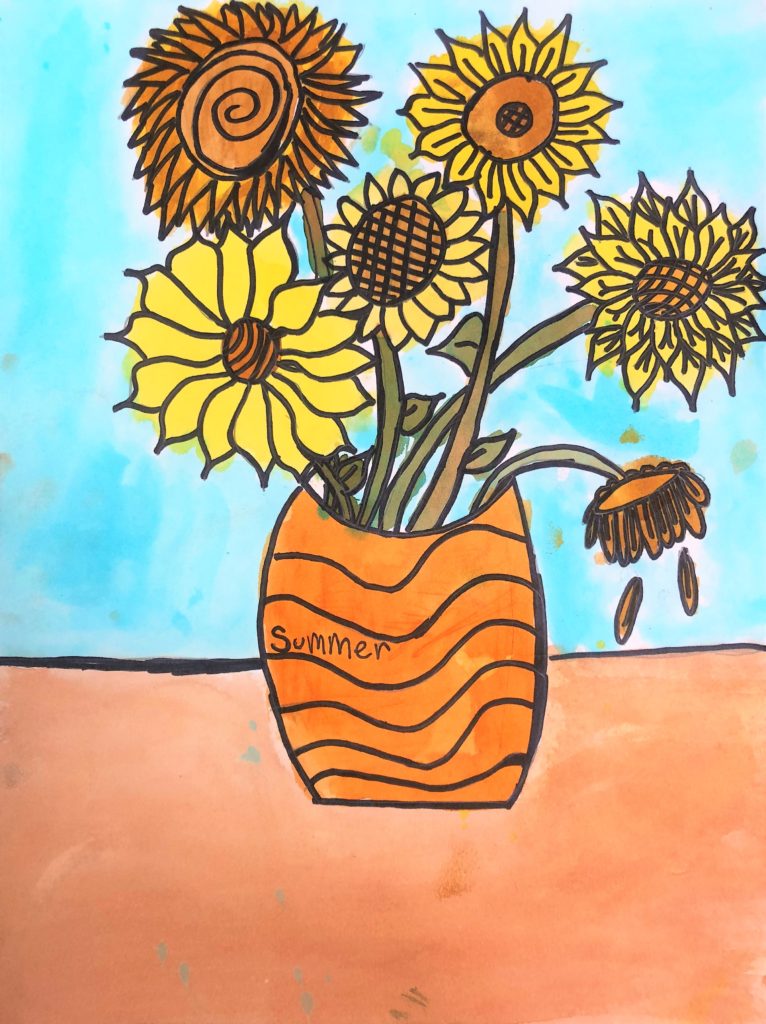
Grade Level
2nd, 3rd, and 4th Grade – The examples in this lesson are made by 4th graders.
Objective
In this Van Gogh Sunflowers Art Lesson, students will design a vase of sunflowers using line elements.
Time
3 – 60 min lessons
Materials
- Pencils
- Rulers
- 9×12 Watercolor paper – Canson (100510941) XL Series Watercolor Pad, 9″ x 12″, Fold-Over Cover, 30 Sheets
- Brushes – Acrylic Paint Brush Set, 1 Packs / 10 pcs Nylon Hair Brushes for All Purpose Oil Watercolor Painting Artist Professional Kits
- Liquid Water Colors – Sargent Art 22-6010 10-Count 8-Ounce Watercolor Magic Set
- Or this mini version for homeschooling – Sargent Art 22-6210 10-Count 4-Ounce Watercolor Magic
- Kleenex for blotting paint
- Black Sharpie Marker – Sharpie Permanent Marker, Fine Point, Black, Pack of 5
- Lesson Plan purchased on Teacher Pay Teachers: Click Here
Inspiration/Artist
I was inspired to make this project after I saw this idea on teachers pay teachers by Expressive Monkey: Click Here
Instruction with Questions
Day 1
Review what students know about Line, Texture, and Patterns. Define each one with the students with examples.
Line:
A line is an identifiable path created by a point moving in space. It is one-dimensional and can vary in width, direction, and length. Lines often define the edges of a form. Lines can be horizontal, vertical, or diagonal, straight or curved, thick or thin.
Texture:
Texture refers to the way an object feels to the touch or looks as it may feel if it were touched.
Pattern:
Repetition refers to one object or shape repeated; pattern is a combination of elements or shapes repeated in a recurring and regular arrangement
Next:
Show students the following videos:
Here are some fun facts about Sunflowers and how animals help them: Click here and Here
Line defined – From Goodbye-Art Academy: Click here
Texture defined – From Goodbye-Art Academy: Click here
And just for fun – Even my older students love this – Sesame Street: Abby Cadabby teaches Josh Gad about Texture: Click Here
I used the power point presentation that comes with the paid lesson: Click Here The power point is excellent and shows information about Van Gogh as well as his original painting of sunflowers.
As time allows I had the students use the Roll and Draw dice game that is also included in the purchase to practice making the shapes and designs for the sunflowers.
Day 2
Following the steps provided in the lesson, students will do a practice run on creating a table line, drawing a vase and adding a variety of sunflowers. I showed them actual photos of sunflowers on Google images.
Then, we discussed:
- where the vase goes on the table (a nice little perspective moment)
- the size and shape of the vase
- how the flowers sit in the vase
- overlap of the stems and flowers
- vary of flowers heights
- size and shape of actual flowers (buds, open and wilting)
- colors – warm colors vs. cool colors
Once they have a successful practice, use watercolor paper for their final drawing and trace over the pencil with sharpie marker.
Day 3
Students who still need to finish their drawing and sharpie may do so today. Those who are ready to paint are shown four different stations. I originally had them do the blue background first. I would not recommend this. It creates too much of a bleed when applying the yellow onto the blue making the flowers look a bit green. The first station will do both the stems and flowers. The second station will paint the vase and table. Finally, the third station will complete the background.
#1
Instead, have two stations set up for painting the flowers and stems first.
- I created my own green that looked more organic than the green that comes with the watercolor set.
- Also, I created a variety of yellows, oranges and browns for the flowers. Encourage them to vary the center of the flowers and petals.
#2
Another station has colors set for the vase and table. Again, I used oranges and browns for these to keep the warm color theme.
#3
Finally at the final station, create a muted, watered down turquoise for the background.
Here are some finished Van Gogh Sunflowers pieces!
Common Core Standards
Grade 2 – Science – Life Science
2. Plants and animals have predictable life cycles.
d. Students know there is variation among individuals of one kind within a population.
e. Students know light, gravity, touch, or environmental stress can affect the germination, growth, and development of plants.
f. Students know flowers and fruits are associated with reproduction in plants.
Grade 3 – Science – Life Sciences
3. Adaptations in physical structure or behavior may improve an organism’s chance for survival.
a. Students know plants and animals have structures that serve different functions in growth, survival, and reproduction.
d. Students know when the environment changes, some plants and animals survive and reproduce; others die or move to new locations.
Grade 4 – Science – Life Science
2. All organisms need energy and matter to live and grow.
a. Students know plants are the primary source of matter and energy entering most food chains.
b. Students know producers and consumers (herbivores, carnivores, omnivores, and decomposers) are related in food chains and food webs and may compete with each other for resources in an ecosystem.
3. Living organisms depend on one another and on their environment for survival.
a. Students know ecosystems can be characterized by their living and nonliving components.
c. Students know many plants depend on animals for pollination and seed dispersal, and animals depend on plants for food and shelter.
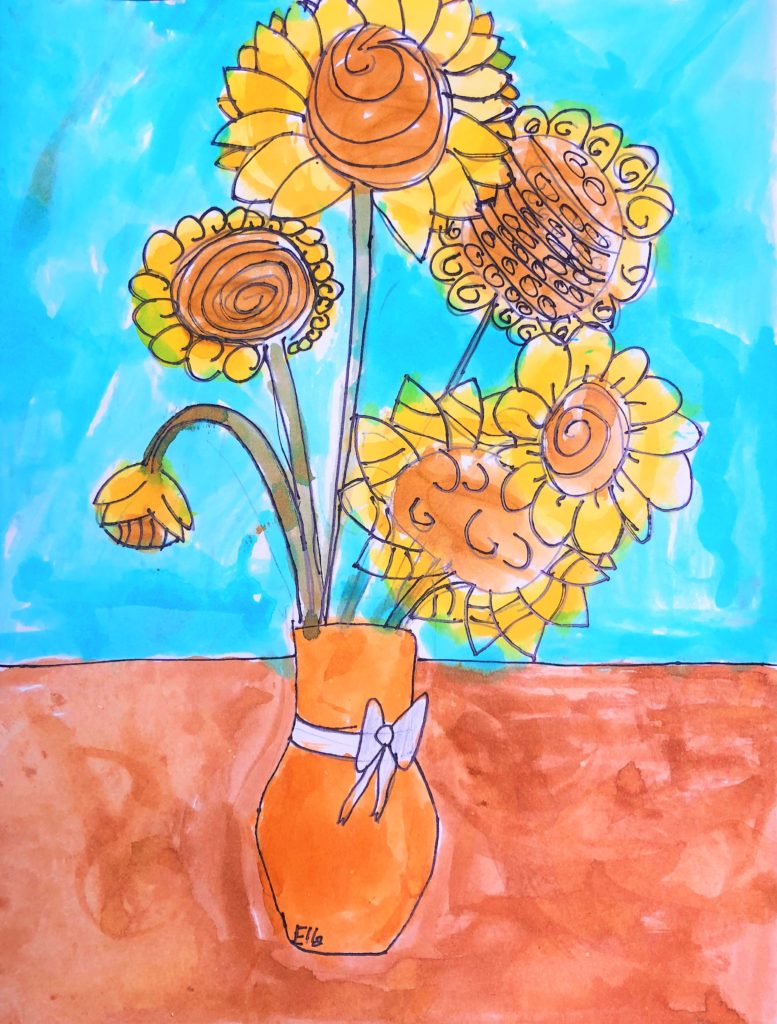
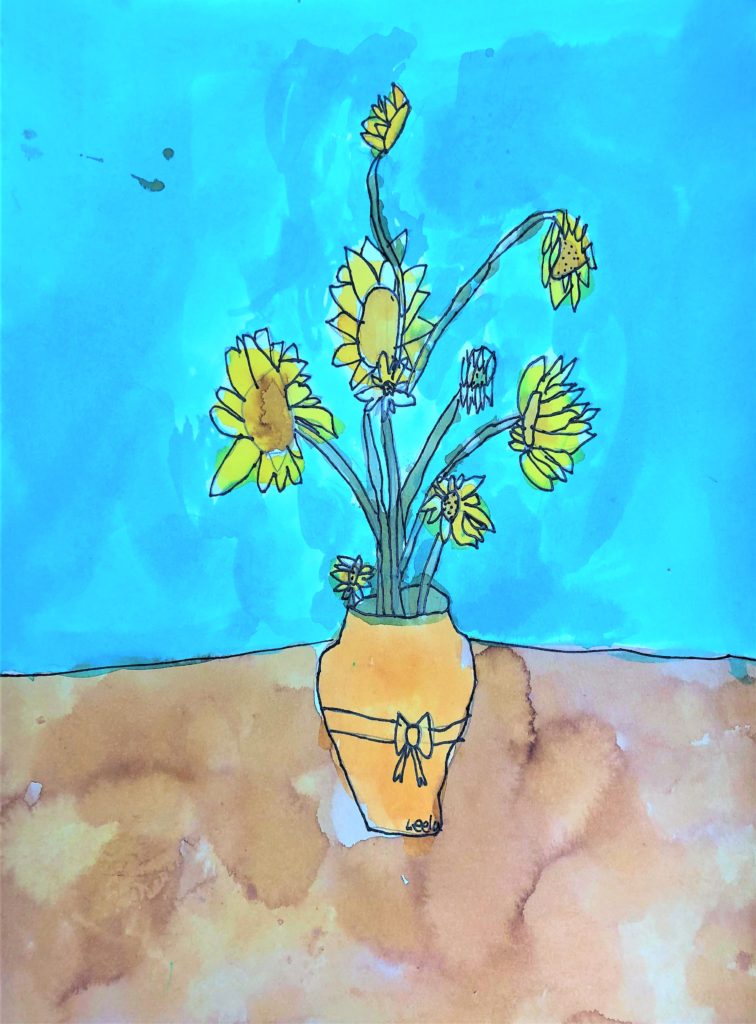
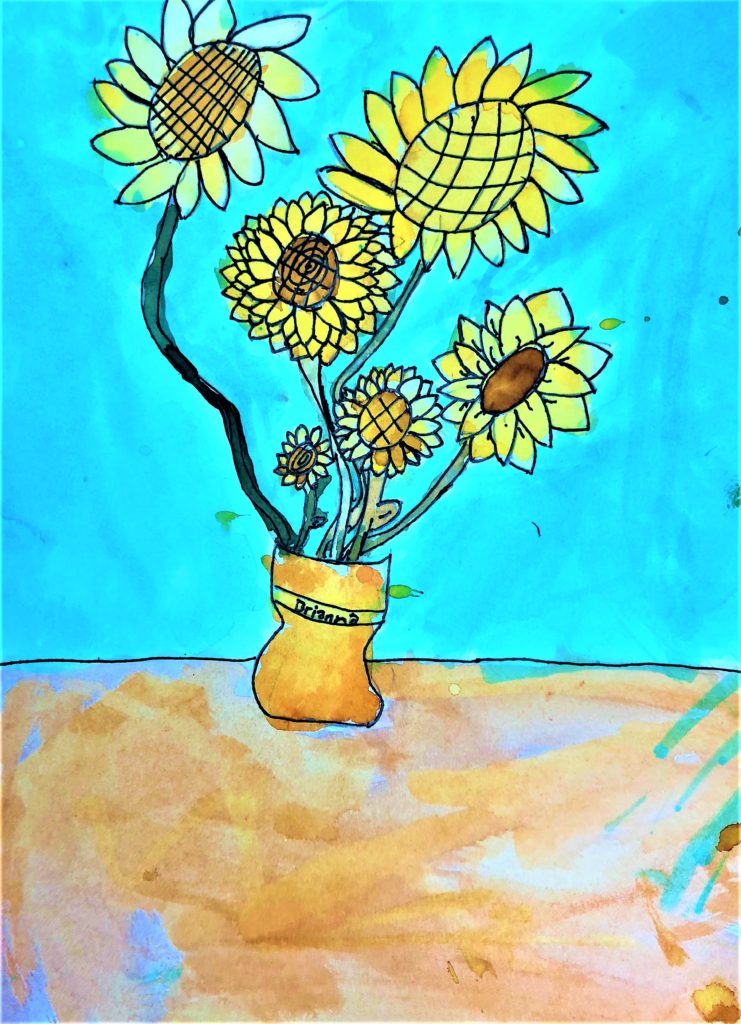
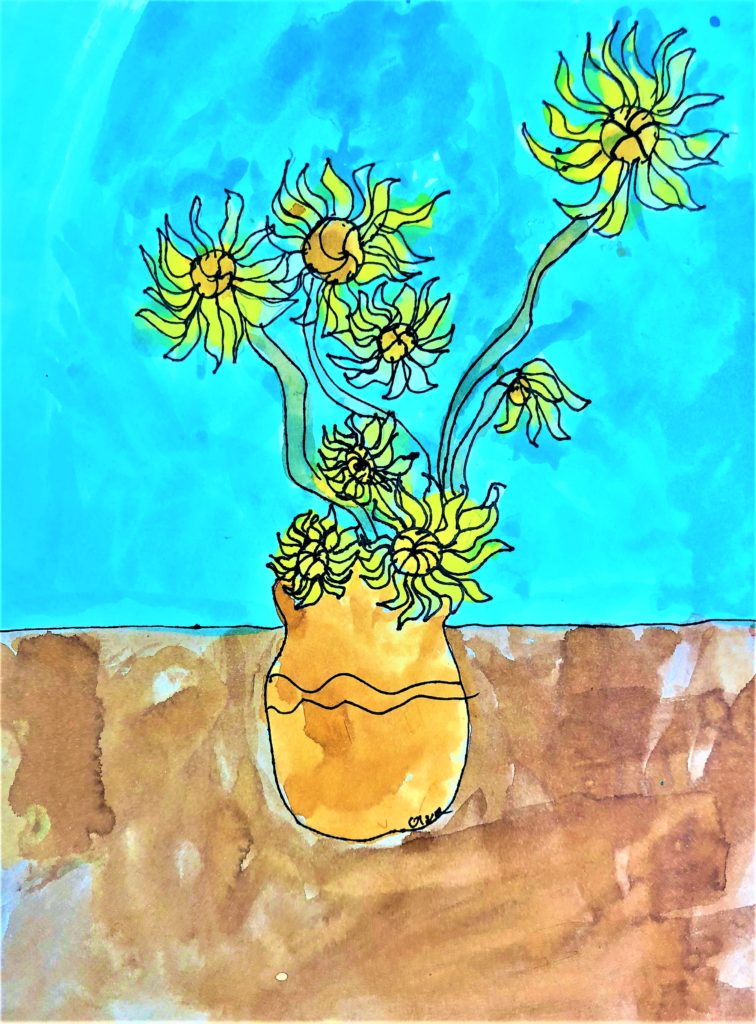
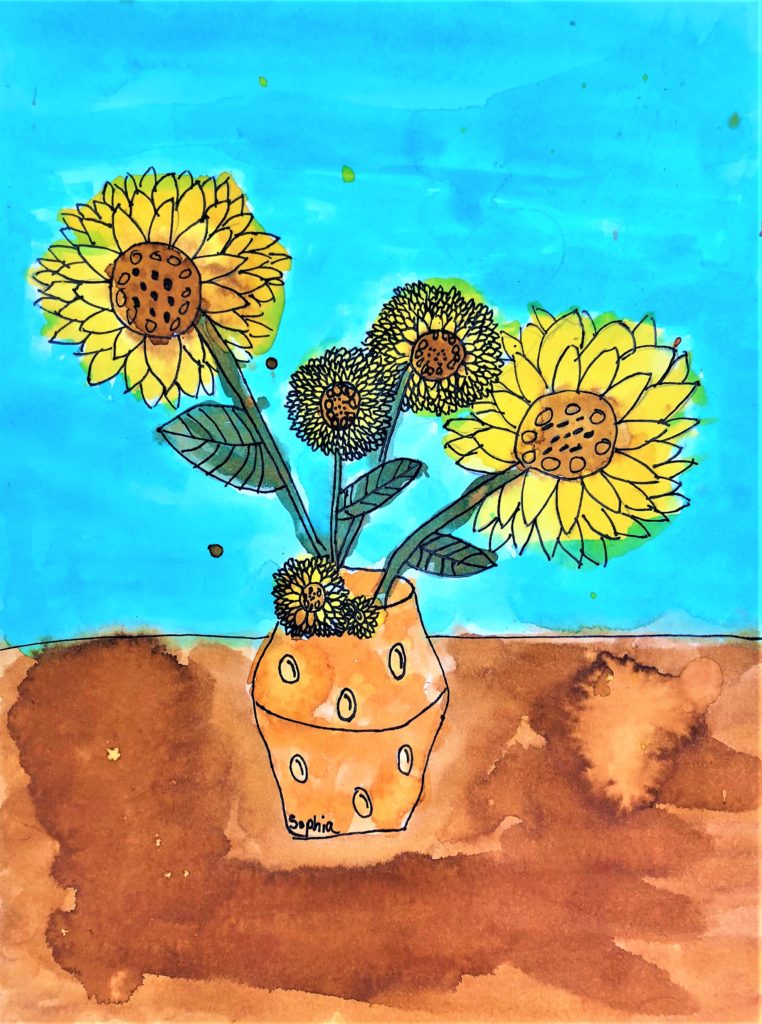
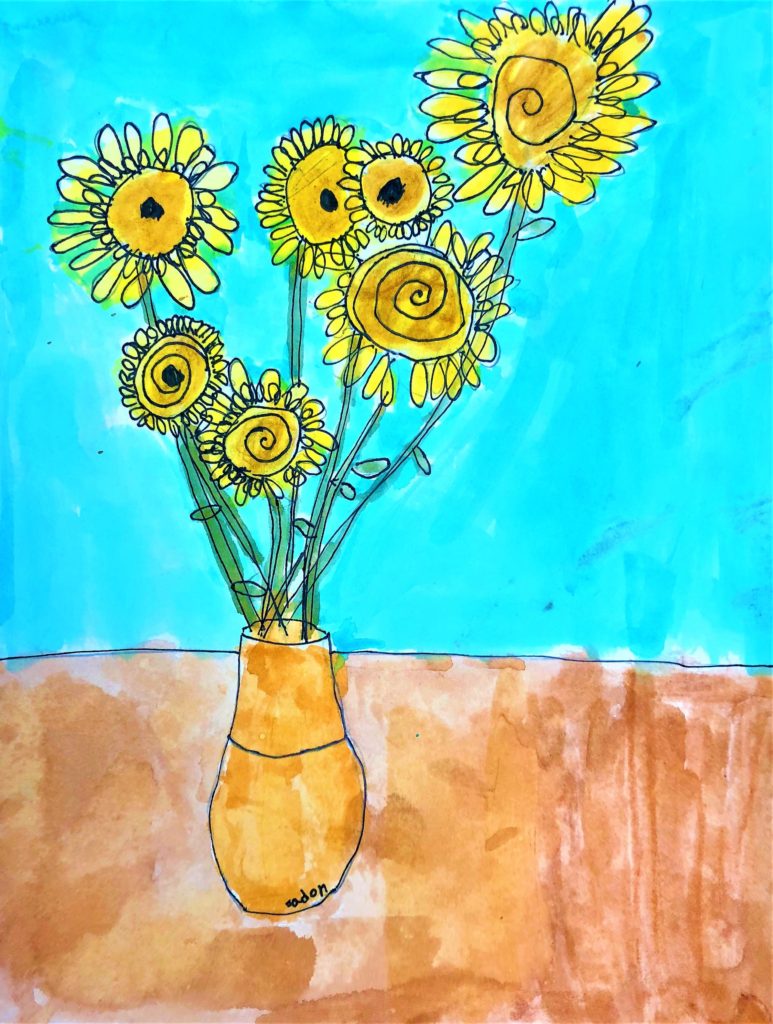
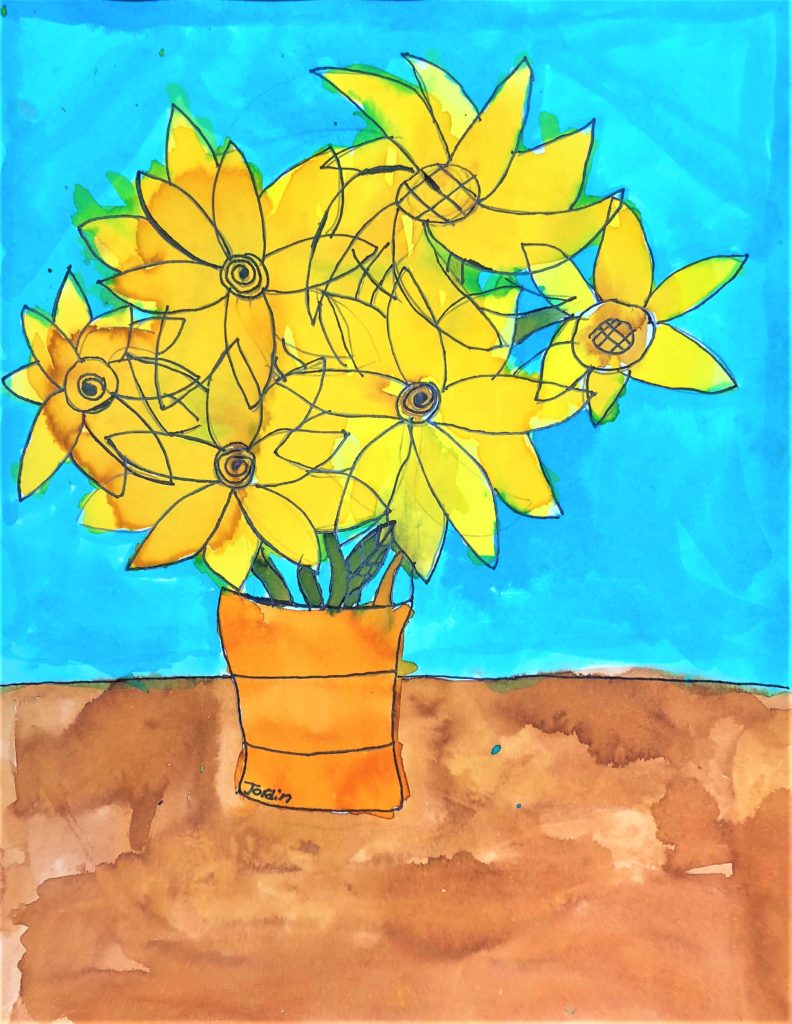
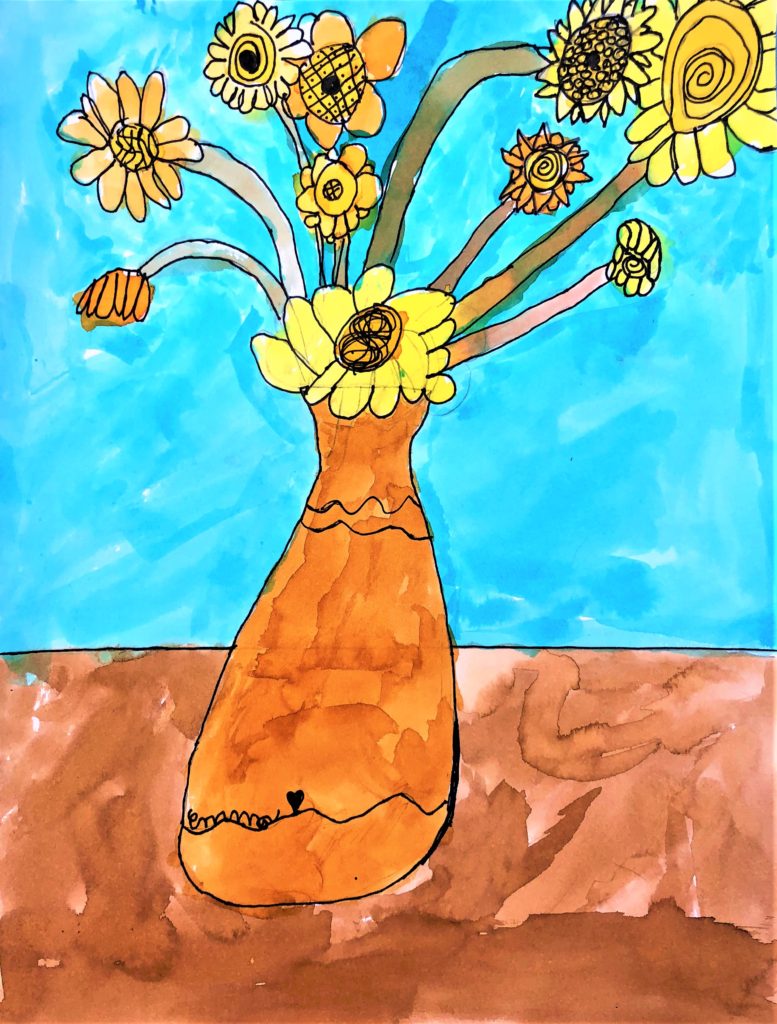
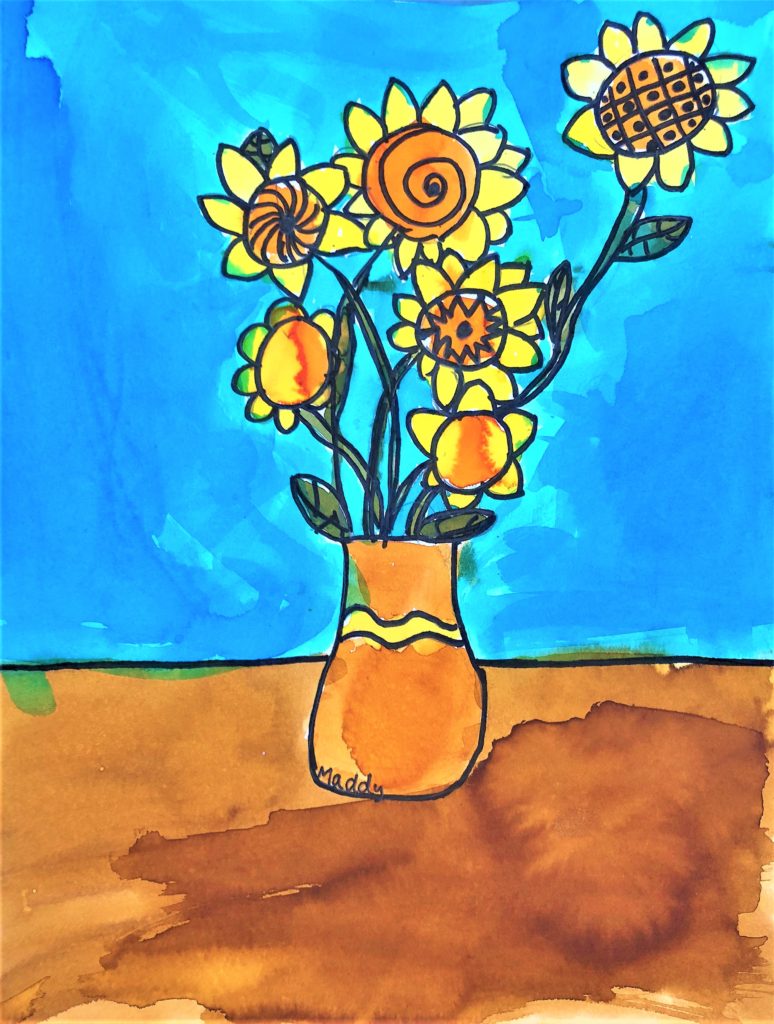
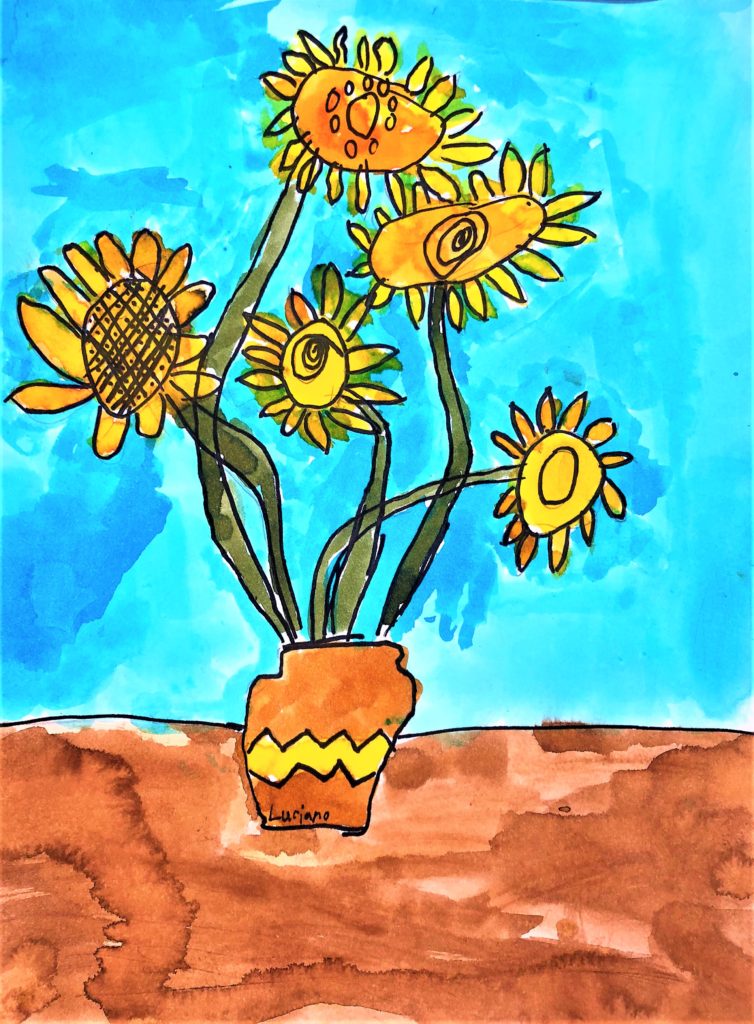
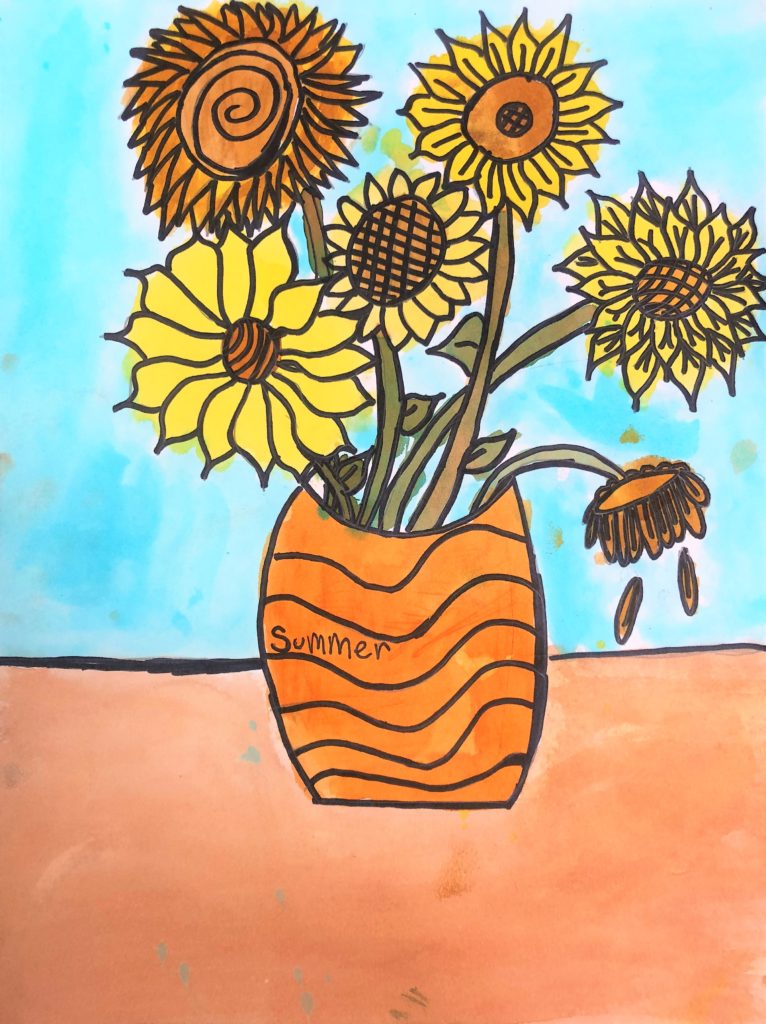

I use the same TPT resource but I love how you’ve organized the lesson and the samples. Thanks
Awesome! Thanks for the feedback!